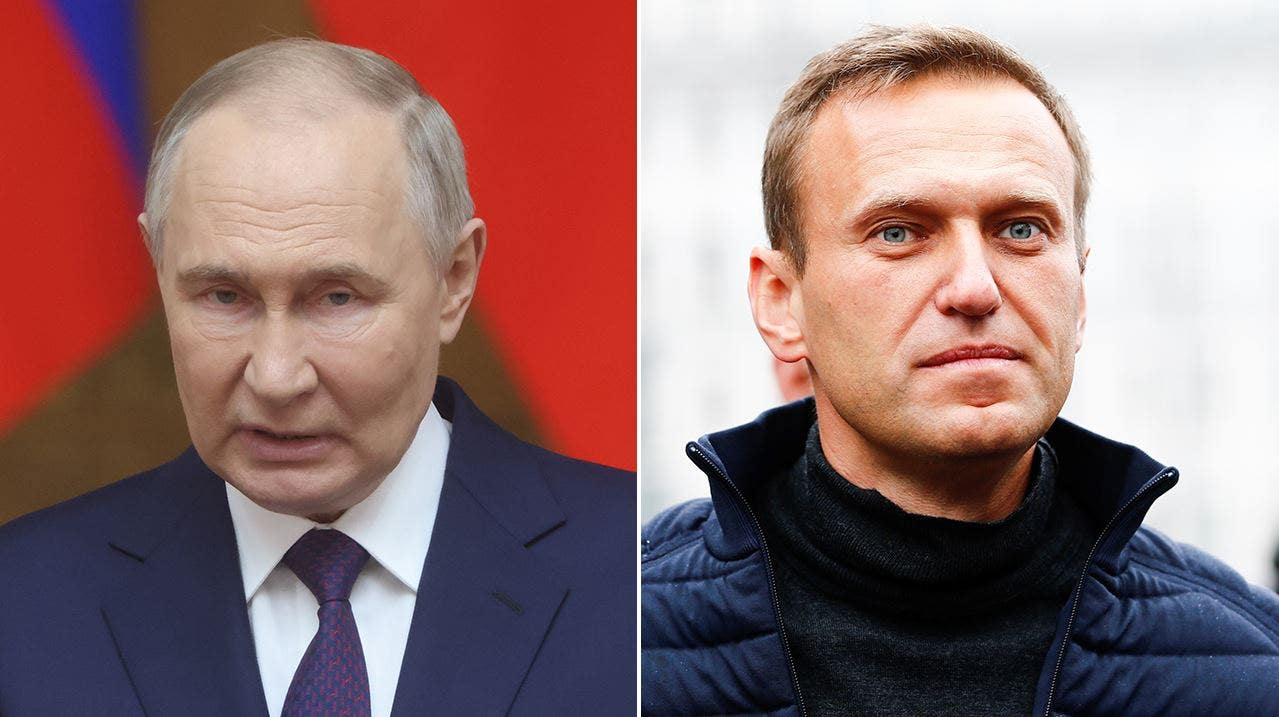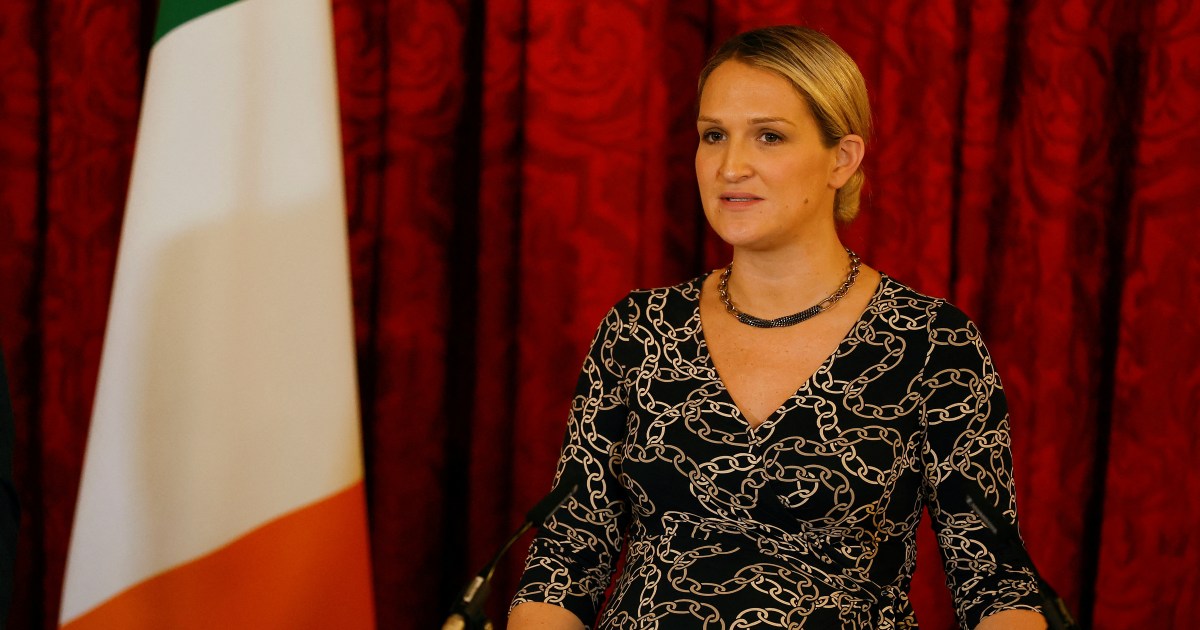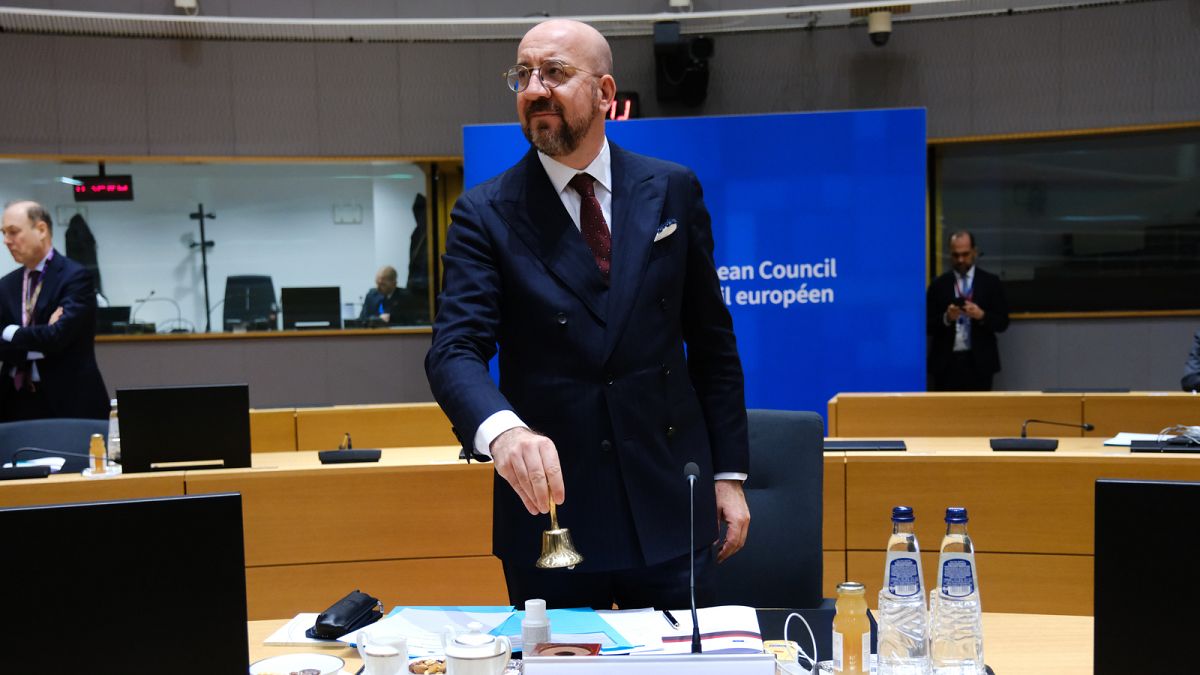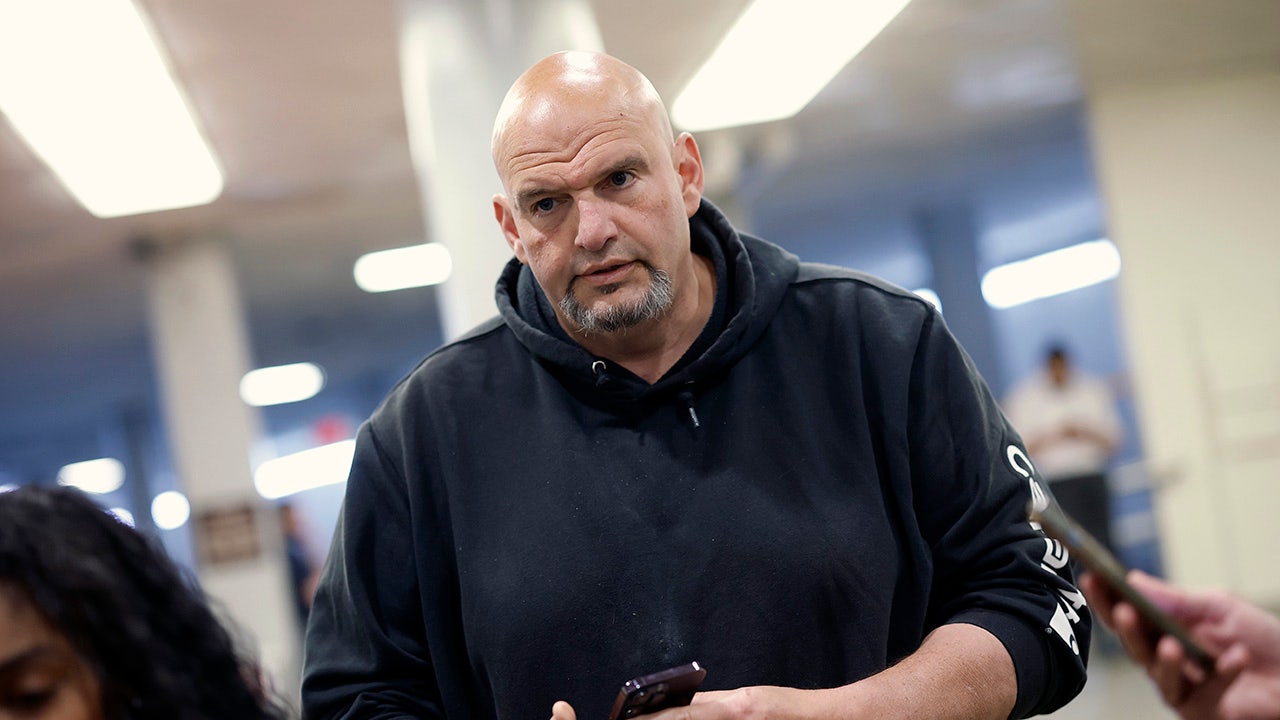- Group companies to sell about 10% stake by year-end-sources
- Toyota Motor expected to remain Denso’s top shareholder-sources
- Denso to buy back shares to offset hit to share price-sources
World
Exclusive: Toyota group companies plan $4.7 bln sale of Denso stake -sources
/cloudfront-us-east-2.images.arcpublishing.com/reuters/5CBMWG5RYRJBLBFSRZPW52D7LY.jpg)
A Toyota Logo is seen at a Toyota dealership in Zaventem, Belgium, November 25, 2022. REUTERS/Johanna Geron/File Photo Acquire Licensing Rights
TOKYO, Nov 28 (Reuters) – Toyota (7203.T) group companies plan to cut their holdings in auto supplier Denso (6902.T) by selling about 10% of the company by year-end in a share sale likely worth around $4.7 billion, two sources familiar with the matter said.
Toyota Motor’s portion will represent almost half of the roughly 10%, with the total sale seen at about 700 billion yen ($4.7 billion) at current market prices, the two sources said.
Toyota Motor, which held some 24.2% percent of Denso as of the end of September, is expected to remain as the top shareholder in the company after the sale.
Denso separately plans to buy back some of its own shares in the open market to offset the potential hit to its share price, according to the sources, who declined to be identified because the matter is not public.
A Toyota spokesperson said it was not in a position to comment on Denso, adding the contents of the Reuters report of the share sale were not something it had announced itself.
A Denso spokesperson declined to comment.
Denso, a key Toyota supplier, is the world’s second-largest maker of automotive components.
Buyers of the shares are expected to largely be domestic investors, and the price has yet to be determined, the sources said.
The sale would mark the latest step by Toyota to unload some of its cross-shareholdings as it ramps up production of battery electric vehicles, a capital-intensive endeavour that requires funding for research and development as well as a factory-floor overhaul.
Toyota, the world’s top-selling automaker, in July said it would sell a stake worth about 250 billion yen in telecoms company KDDI Corp (9433.T) after unveiling a sweeping plan to improve the driving range and cut costs of battery electric vehicles.
Japanese companies have also been slowly unwinding their cross-shareholdings for years, a trend that has gotten fresh momentum from a push by the Tokyo Stock Exchange for companies to improve their use of capital.
Denso shares, which were down almost 4% before the news, extended losses after the Reuters report and fell as much as 6.8% on the day, closing 4.9% lower. Toyota shares finished little changed, as did the benchmark Nikkei 225 (.N225).
($1 = 148.2400 yen)
Reporting by Miho Uranaka, Daniel Leussink and Maki Shiraki; Editing by Nobuhiro Kubo, David Dolan and Jamie Freed
Our Standards: The Thomson Reuters Trust Principles.

Continue Reading
World
Putin likely didn’t intend for Navalny to die in February, US intelligence agencies assess: report

Trump: Putin ‘probably’ involved in Navalny’s death
Former President Donald Trump joins ‘MediaBuzz’ for an exclusive interview on clinching the Republican nomination, the sudden death of Russian opposition leader Alexei Navalny and his language choices on illegal immigrants.
Russian President Vladimir Putin likely didn’t order the death of opposition leader Alexei Navalny when the 47-year-old collapsed and died in February at an Arctic penal colony, U.S. intelligence agencies have concluded, according to a report.
While the U.S. has concluded that the Kremlin attempted to kill Navalny in 2020, when he was poisoned by a Soviet-era Novichok nerve agent, and Putin has culpability in his death earlier this year, agencies like the CIA, the Office of the Director of National Intelligence, and the State Department have assessed that Putin likely wouldn’t have wanted him killed at that moment, according to the Wall Street Journal citing people familiar with the matter.
One factor among many in the assessment was that Navalny’s death when he collapsed after a walk at the prison overshadowed Putin’s reelection, sources told the Journal.
The U.S. increased sanctions on Russia after Navalny’s death. “Make no mistake. Putin is responsible for Navalny’s death,” President Biden said earlier this year.
A WINDOW INTO ALEXEI NAVALNY’S MIND BEFORE HIS DEATH
Russian President Vladimir Putin likely didn’t order the death of opposition leader Alexei Navalny when the 47-year-old collapsed and died in February at an Arctic penal colony, U.S. intelligence agencies have concluded, according to the report. (Contributor/Getty Images/Sefa Karacan/Anadolu Agency via Getty Images)
Former President Trump told Fox News in March that he thought Putin was “probably” to blame for Navalny’s death after “Media Buzz” host Howard Kurtz asked him if he thought the 71-year-old leader bore “some responsibility.”
“I don’t know, but perhaps, I mean possibly, I could say probably, I don’t know,” Trump said. “He’s a young man, so statistically he’d be alive for a long time … so something happened that was unusual,”
Navalny had been in prison since 2021, after he returned to Russia from Germany where he had been in a hospital recovering from his poisoning.
ALEXEI NAVALNY’S DEATH REPRESENTS MAJOR BLOW TO POLITICAL DISSENT IN RUSSIA

Alexei Navalny, center, was allegedly poisoned by the Kremlin in 2020. After he recovered in Germany, he returned to Russia and was jailed in 2021. (Kirill Kudryavtsev/AFP via Getty Images)
After his death, the Federal Penitentiary Service of the Yamalo-Nenets Autonomous District in Russia put out a statement that said: “On Feb. 16, 2024, in penal colony number 3, convict Navalny A.A. felt unwell after a walk, almost immediately losing consciousness.
“The medical staff of the institution arrived immediately, and an ambulance team was called. All necessary resuscitation measures were carried out, which did not give positive results. Doctors of the ambulance stated the death of the convict. The causes of death are being established.”
His cause of death has not been determined by the U.S. Russian media reports have claimed it was a blood clot.

Navalny was Putin’s most prominent opposition leader in Russia. (Mikhail Metzel/Pool/AFP via Getty Images))
Navalny’s allies have called the U.S. assessment naive, and some European countries are skeptical that it wouldn’t have been directed by Putin.
Navalny’s ally Leonid Volkov said in a statement that anyone claiming Putin didn’t order his death, “clearly do not understand anything about how modern day Russia runs. The idea of Putin being not informed and not approving killing Navalny is ridiculous.”
Slawomir Dębski, of the Polish Institute of International Affairs, said the chances of Navalny’s death being unintentional were small.
“Navalny was a high-value prisoner, politically, and everybody knew that Putin was personally invested in his fate,” he said, according to the Journal. “The chances for this kind of unintended death are low.”
Navalny’s Anti-Corruption Foundation has also said that Putin ordered his death to prevent his release in a potential prisoner swap with the U.S. Putin said in March that the two agreed to the swap.
World
Ireland looking to send asylum seekers back to UK: Report

UK Prime Minister Rishi Sunak says it’s evidence that his plan to send asylum seekers to Rwanda is acting as a deterrent.
The Republic of Ireland is looking to amend the law to allow the return of asylum seekers to the United Kingdom, according to broadcaster RTE, after an influx over the border with Northern Ireland, which is part of the UK.
Dublin’s Minister of Justice Helen McEntee, who will visit London on Monday, told a parliamentary committee this week that she estimates 80 percent of those applying for asylum in the republic came over the land border with Northern Ireland.
UK Prime Minister Rishi Sunak told Sky News it was evidence that London’s plan to send asylum seekers to Rwanda is acting as a deterrent.
“What it shows, I think, is that the deterrent is … already having an impact because people are worried about coming here,” he said.
In response, a spokesperson for Ireland’s Prime Minister Simon Harris said the leader “does not comment on the migration policies of any other country but he is very clear about the importance of protecting the integrity of the migration system in Ireland”, RTE reported.
“Ireland has a rules-based system that must always be applied firmly and fairly,” Harris also said.
The spokesperson added that the Irish PM had asked his justice minister “to bring proposals to cabinet next week to amend existing law regarding the designation of safe ‘third countries’ and allowing the return of inadmissible International Protection applicants to the UK”.
McEntee is expected to discuss a new returns policy when she meets British Home Secretary James Cleverly in London on Monday.
“That’s why I’m introducing fast processing, that’s why I’ll have emergency legislation at cabinet this week to make sure that we can effectively return people to the UK and that’s why I’ll be meeting with the home secretary to raise these issues on Monday,” she told RTE.
Ireland had previously designated the UK a “safe third country” to return asylum seekers to, but last month the Irish high court ruled that this breached European Union law, stopping the process.
The UK’s Rwanda bill cleared its final parliamentary hurdle last Monday after a marathon tussle between the upper and lower chambers of parliament.
Sunak hopes the bill will prevent asylum seekers from trying to enter the UK on small boats over the English Channel from northern Europe.
World
How the U.S. Humanitarian Pier in Gaza Will Work

A humanitarian pier the U.S. military will bring to the Gaza Strip is currently being assembled and is expected to be ready to receive initial shipments of food and other aid early next month, according to military officials. The effort to deliver aid to the enclave through a maritime corridor, which was announced in March, will involve an elaborate, multistep process.
A thousand American soldiers and sailors will be involved in the pier project, a senior military official said in a Pentagon call with reporters on Thursday. The pier will initially enable the transfer of about 90 truckloads of aid per day, the official said, and will eventually ramp up to 150 truckloads per day at full capacity.
U.S. authorities have said the pier is intended to supplement, not replace, existing aid deliveries over land. U.N. data indicates that land-based deliveries have risen slightly in recent weeks but still fall far short of vast need in the enclave. Dozens of Gazans have died from causes related to malnutrition and dehydration, and the United Nations’ World Food Program has said half of Gaza’s population of 2.2 million is starving.
Once aid reaches the shore, relief organizations that will distribute it within Gaza will face familiar dangers and obstacles amid ongoing Israeli bombardment.
1 Aid, primarily food, will be procured from countries around the world.
A majority of the aid will be food collected from several countries and transported to the Larnaca port in Cyprus.
A spokesperson for the U.S. Agency for International Development, which is working closely with the military to coordinate plans for the pier, said some of the items that would come through the maritime corridor would include nutrient-dense food bars, sourced from Dubai; foods intended to treat severe malnutrition in children, sourced from Kenya; and relief supplies, including hygiene kits, sourced from Europe.
Military officials have said other countries and organizations will also contribute food and money.
2
Shipments will be inspected in Cyprus under Israeli oversight.
At the Larnaca port, Israeli representatives will be present as Cypriot authorities inspect items, according to an Israeli official with knowledge of the inspection plans.
The official said the standards for inspection would be the same as those at the land crossings into Gaza. Aid officials have said those inspections are exhaustive and sometimes arbitrary.
World Central Kitchen, a disaster relief nonprofit, has tested the maritime corridor twice before at a smaller scale in March. The loading, scanning and inspection process for those two ships took between two and three days each, according to Juan Camilo Jimenez Garces, a regional manager for the organization. The first ship, a partnership with the Spanish nonprofit Open Arms, carried about 200 tons of aid, while the second carried more than 300 tons.
3
The sea journey will take at least 15 hours.
The roughly 250-mile journey from Cyprus to Gaza normally takes about 15 hours, or a full day of travel, but it could take up to a couple of days depending on the weight of the cargo and the type of vessel. For example, the Open Arms ship, which towed its cargo on a separate platform instead of carrying it onboard, made the journey in about three days.
Ships can also be delayed because of unfavorable weather conditions. That was one factor that held up the second World Central Kitchen ship, Jennifer, for about two weeks at Larnaca after it was scheduled to depart.
4
Aid will be shuttled from a floating platform near Gaza to a pier anchored to land.
Gaza has no international seaport; Israel has for decades prevented the construction of one. Because waters near the shore are too shallow for large vessels to approach the humanitarian pier directly, the United States is also building a floating platform two miles off the coast, where ships carrying aid will first offload their cargo.
Smaller Army vessels, known as L.C.U.s (for “landing craft utility”) and L.S.V.s (for “logistics support vessels”), will transport the aid in batches from the platform to the pier.
Note: Distances are not to scale.
The New York Times
At least 14 U.S. ships are involved in the building and operation of the pier, according to a military official — some carrying necessary heavy machinery and equipment. U.S. service members will build the pier at sea, using modular units eight feet wide and 20 or 40 feet long, and a long ferry will drag it to shore. It will then be anchored by Israeli forces on the shore in northern Gaza to ensure there are no U.S. boots on the ground.
Humanitarian aid officials involved in receiving and distributing the aid have pushed to keep their engagement with the Israeli military as limited as possible.
5
Aid will have to be taken into Gaza by truck, but safe distribution remains a challenge.
The World Food Program will help distribute aid inside Gaza after it arrives at the pier, the U.S. Agency for International Development said last week.
Trucks coordinated by aid groups will transport aid from a secure area near the pier to U.N. warehouses, of which there are more than 20 across Gaza, and then eventually to hundreds of community kitchens, shelters, smaller warehouses and other distribution points throughout the region.
A majority of the distribution points are in southern Gaza, where most of the population has been forced to evacuate, but demographers estimate that several hundred thousand people remain in the northern part of the enclave, where famine is imminent.
A small number of routes are available to the distribution trucks, because the Israeli military has limited road access and Israeli airstrikes have turned much of the landscape to rubble. As usual, the convoys will need to coordinate their movements closely with the Israeli military.
Source: United Nations Office for the Coordination of Humanitarian Affairs Note: Road accessibility based on a map released by OCHA on April 24.
The New York Times
Humanitarian road access in Gaza
Aid officials have emphasized that the most efficient method of delivering aid into Gaza remains through land routes, and they have expressed concern that the pier might deflect attention from efforts to increase the amount of aid delivered over land.
Several previous attempts at delivering aid to Gazans have ended in deadly tragedy. This month, Israel struck a convoy belonging to World Central Kitchen, killing seven of the group’s aid workers. Israel has also bombed an aid warehouse on at least one occasion, a strike it said was targeted to kill a Hamas commander.
Aid experts say the hunger crisis in Gaza is human-made, citing the decades-long blockade of the territory by Israel and backed by Egypt, Israel’s near-complete siege after Oct. 7 and its tight restrictions on aid-truck entry ever since. The U.N. has said that Israel’s restrictions of aid, destruction of infrastructure and displacement of Gazans may amount to the use of starvation as a war tactic.
Israel has pushed back, and its officials have blamed U.N. aid agencies for failing to distribute aid effectively. They have also said that Hamas, which rules Gaza and has been deemed a terrorist organization, has been systematically seizing aid. David Satterfield, the U.S. special envoy for humanitarian aid, said in February that Israel had not brought forward specific evidence of theft or diversion of U.N.-delivered aid.
Meanwhile, the humanitarian crisis has continued to grow more dire. Many Gazans have died seeking aid, including more than 100 who were killed while trying to get food from an aid convoy, according to Gazan health officials, and more than a dozen who drowned while retrieving airdropped aid that had fallen into the sea.
-

 Kentucky1 week ago
Kentucky1 week agoKentucky first lady visits Fort Knox schools in honor of Month of the Military Child
-

 World1 week ago
World1 week agoEU leaders weigh Lebanon partnership in response to Middle East crisis
-

 Movie Reviews1 week ago
Movie Reviews1 week agoFilm Review: Challengers – The Knockturnal
-

 World1 week ago
World1 week agoShipping firms plead for UN help amid escalating Middle East conflict
-

 World1 week ago
World1 week agoIranian media says three drones downed after explosions heard in Isfahan
-
News1 week ago
Maryland high school student arrested after authorities discovered a 129-page document detailing school shooting plan, police say | CNN
-

 Politics1 week ago
Politics1 week agoIsrael hits Iran with 'limited' strikes despite White House opposition
-

 News1 week ago
News1 week agoVideo: Kennedy Family Endorses President Biden







/cdn.vox-cdn.com/uploads/chorus_asset/file/24780073/Screen_Shot_2023_07_10_at_12.28.04_PM.png)










